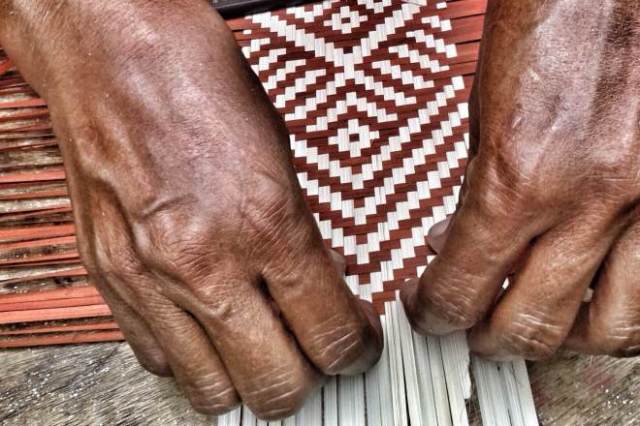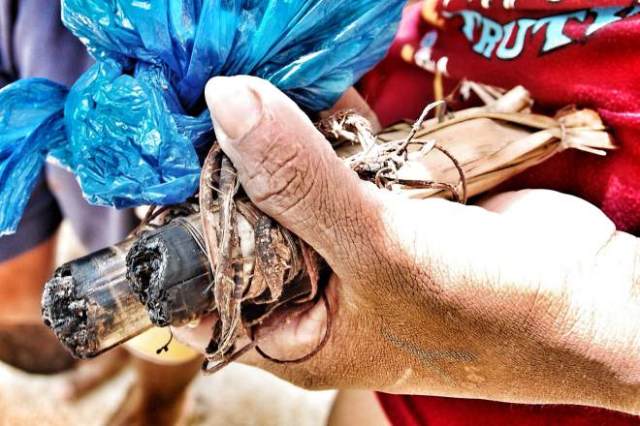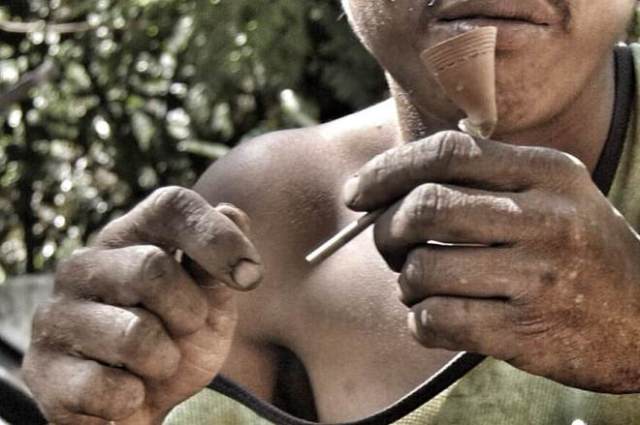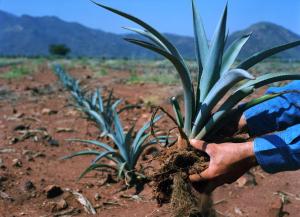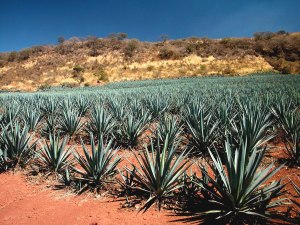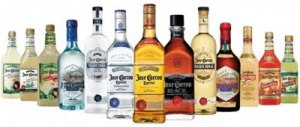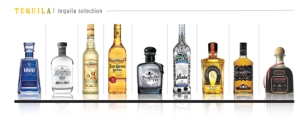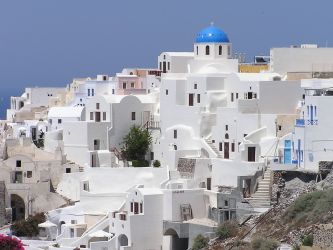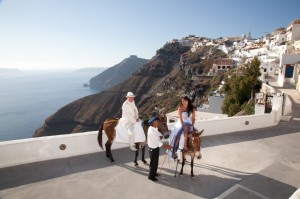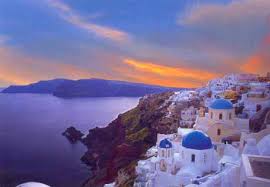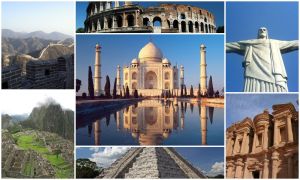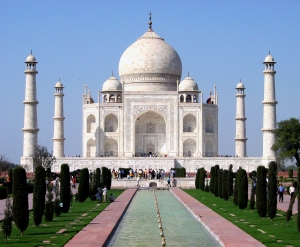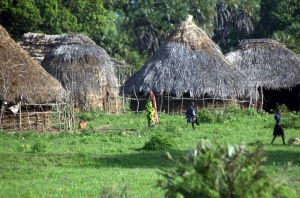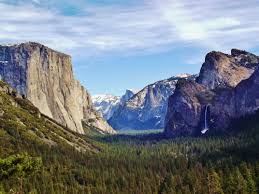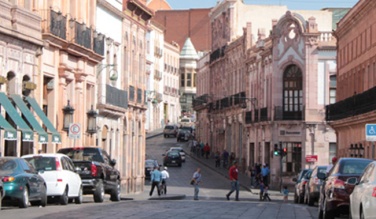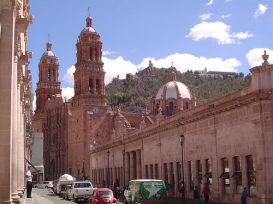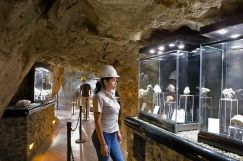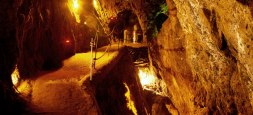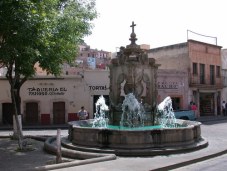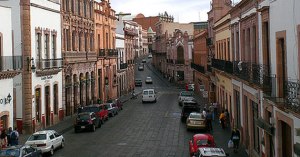Australia is one of the most popular places in the world, known mostly for its marine ecosystems. Australia has many exotic sites but one that really stands out is Shark Bay, located west of Australia. The popular Australian site is populated with hundreds of different species, ranging marine life to reptiles and amphibians. In fact, Shark Bay is most known for the following things: richest sea grass in the world, dugong (also known as “sea cow”) population, and the colonies of stromatolites. Aside from its high tourism, Shark Bay has inhabitants of its own; the population is just under 1,000.

Shark Bay was inscribed to the World Heritage List in 1991, although it’s beauty and popularity is evident, the site was recognized for its stromatolites population- also known as a “natural phenomenon” of the site. The stromatolites colonies are an amazing addition to the bay because they are the oldest known form of life in the world. The wild life within Shark Bay is stupendous, specialist have recorded over 250 bird species, 100 reptile and amphibians, and hundreds of fish species. Another important factor of the bay’s significance is that it is the home of 5 endangered species, which are maintained on Bernier and Dorre Island just off the coast of the site. The endangered species are: boogie (or burrowing bettong), rufuos hare-wallaby, banded hare-wallaby, shark bay mouse, and western barred bandicoot. It is told that human interference with the habitats may have added to the likelihood of species endangerment, being that new species, such as cats and foxes, were introduced to the islands of Shark Bay.
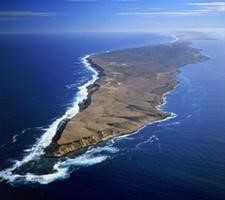
The photograph above is Dorre Island, off the coast of
Shark Bay and is one of the two islands on which the
endangered species live.
![This is a shark bay mouse, one of the five endangered species taking refuge in the Shark Bay area]()
This is a shark bay mouse, one of the five endangered species taking refuge in the Shark Bay area
The economy of Shark Bay relies heavily on three main industries: fishing, pastoralism (sheep, goat, and cattle grazing), and tourism. Although tourism is a major part of the economy, it is being carefully managed in regards with the recreation activities involving the water, such as boating. Ever since the site was nominated and granted to be on the world heritage list, reservation and restoration efforts began. Project Eden began in 1991 and is still continuing today. The projects main goals are to remove feral animals that were brought in, reintroduce native wildlife, and to expand their research, tourism and education. Their By expanding their research, the specialist will have more incentives to educate their locals and will have the ability to manage their tourism more effectively.

The picture is demonstrating the efforts being made for Project Eden, reintroducing the native animals, in this care the Banded hare-wallaby.
![Another example of the efforts made for the reservation of Shark Bay environments.]()
Another example of the efforts made for the reservation of Shark Bay environments.
In other to be added to the world heritage list, the Australian government and Western Australia had to reassure the committee that they would take responsibility of managing and maintaining the site. Shark Bay is not only big on its diversity of species but also big in size, which we can imagine would be tricky to manage as well as they have. In 1997, the Australian government signed an agreement to continue their obligations in regards to managing the site. The government has given the Department of Sustainability, Environment, Water, Population, and Community the responsibility of creating and executing plan to manage the site. The department is in charge of maintaining 2.2 million hectors, 70% marine ecosystems, and over 1500 km of coastline. In order to successfully manage their site, some things have to be sacrificed- such as land used for pastoralizing. Even though pastoralizing is important to the economy, the department has to give priority to the preservation of the land.
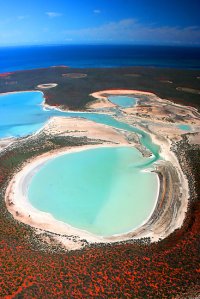
This is an image of the peninsulas and lands of Shark Bay.
Australia is a beautiful place with thousands of activities and places to see and if you have the privilege of visiting, you should definitely make an effort to visit Shark Bay. Its remarkable beauty and species should be enough to convince anyone of that but also by going you can receive knowledge and experience something wonderful. Being that it is the home of endangered species, who knows how much longer we will have to possibly get to appreciate the animals.
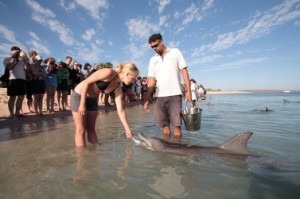
Here is a tourist feeding a dolphin in the shore of Shark Bay, one of the many activities available on the site.
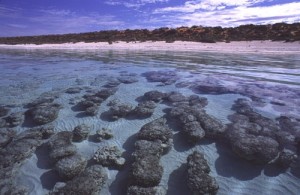
This is a picture of the popular stromatolites in the Shark Bay waters.
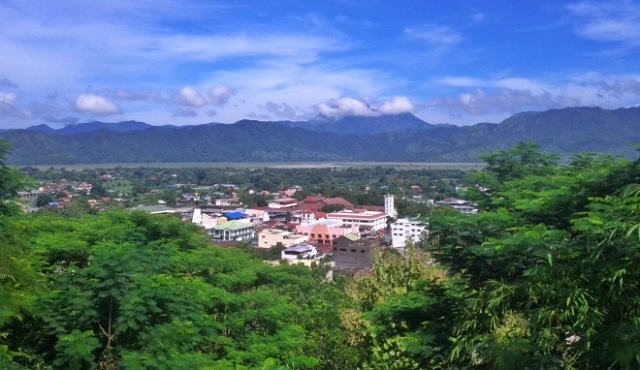 The view of Bangued, the capital town of Abra, from the top of the Cassamata Hill National Park.
The view of Bangued, the capital town of Abra, from the top of the Cassamata Hill National Park. 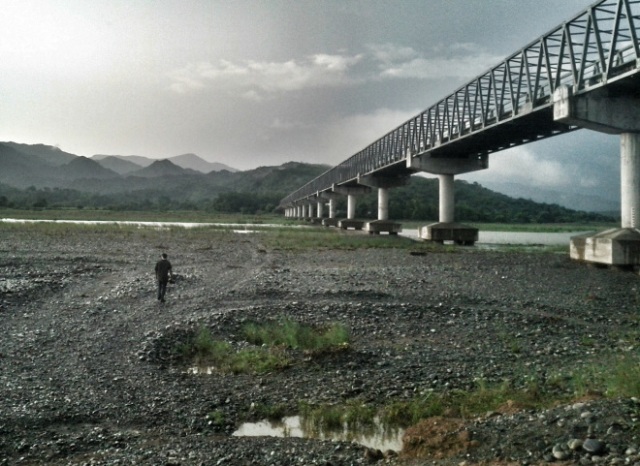 Right after the storm: International photographer Francisco “Paco” Guerrero, the host of What I See…
Right after the storm: International photographer Francisco “Paco” Guerrero, the host of What I See…
